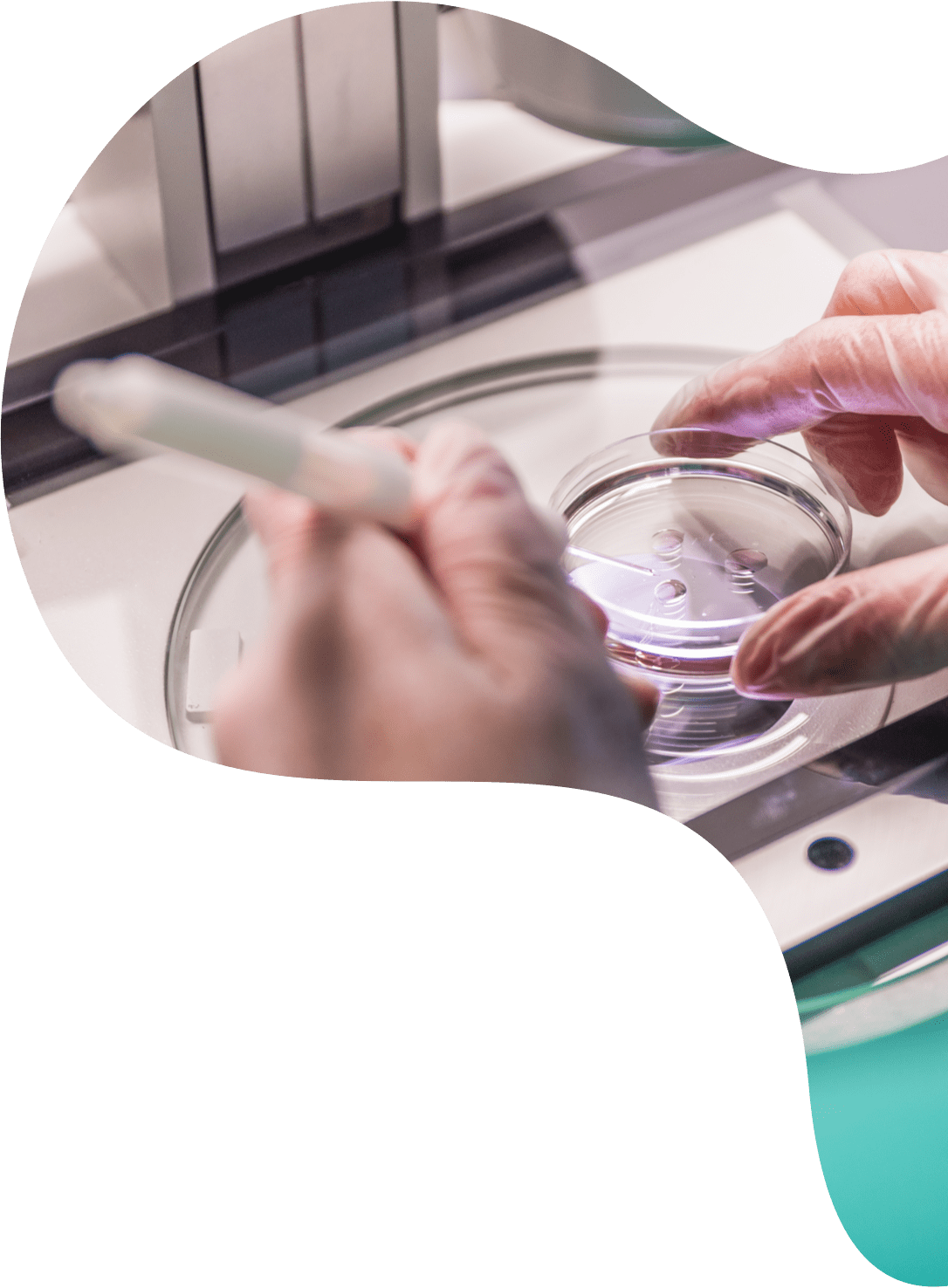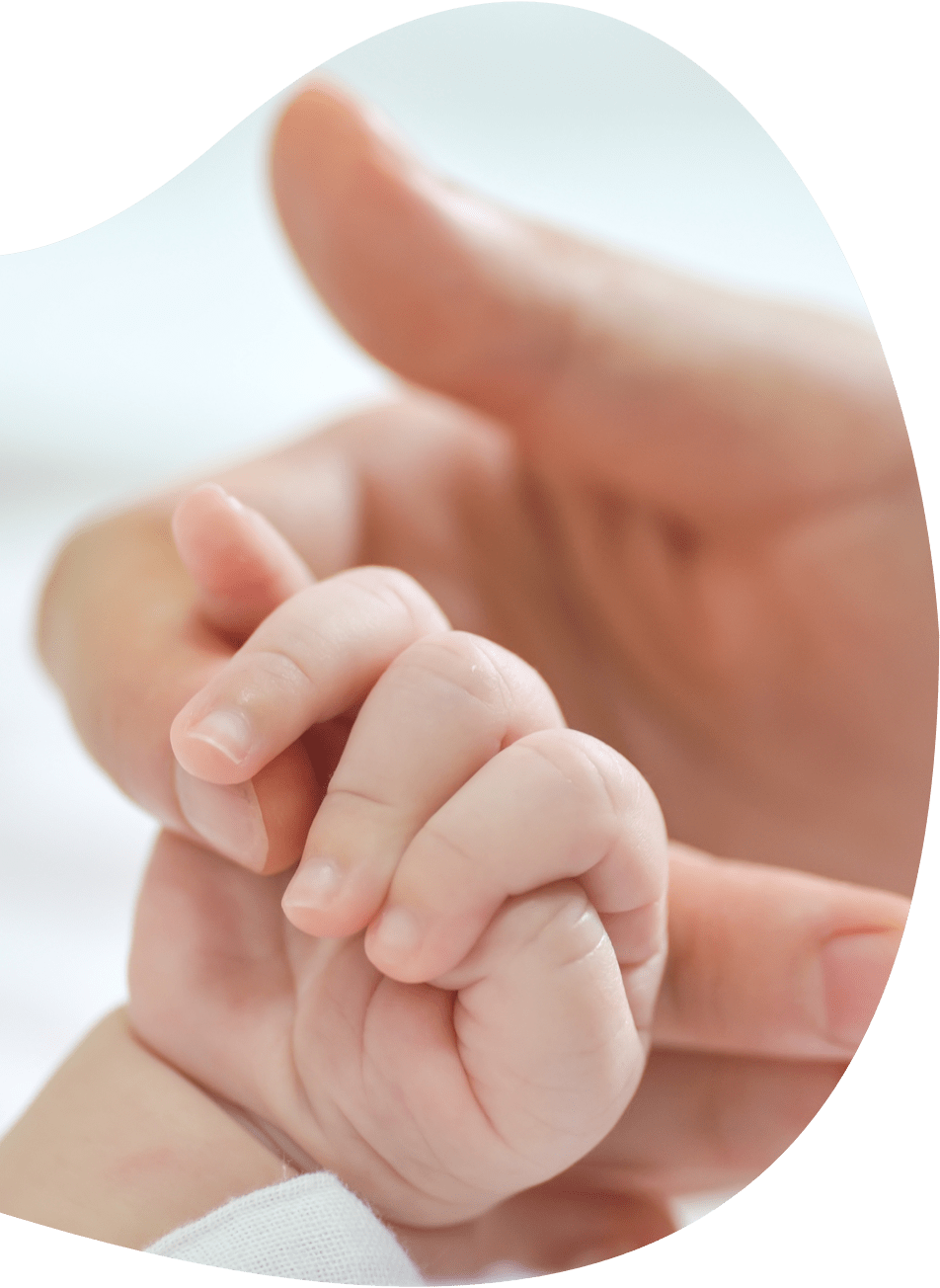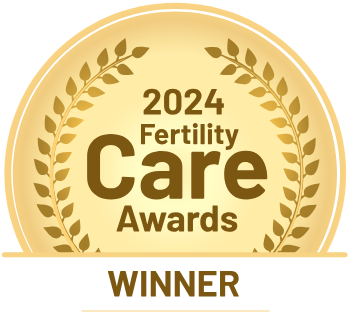The Process of Artificial Insemination
If we cannot treat the problem causing infertility, the next step is to continue with assisted reproduction.

Initial Consultation
Takes about 30 minutes and both partners join it. You will receive information about the best possible treatments for your case, prices, whether insurance applies and what are the surcharges for medicine. After completing a questionnaire, a doctor is going to consult your health, previous illnesses, and family history with you. You will get enough space for any questions you might ask.
Man’s examination
The basic diagnostic method of male infertility is a spermiogramme. Based on it’s results, your doctor may advise you take other examinations. This could mean, for instance, andrological examination to rule out testes, epididymis and prostate malfunction, or a genetic test.
Sperm Retrieval
Sperm retrieval usually takes place on the same day as in-vitro fertilisation. Partner arrives at the clinic on the day of egg retrieval, receives a container in the andrological laboratory and masturbates in a private retrieval room. If, for any reason, sperm cannot be obtained the natural way, we will retrieve them microsurgically using MESA or TESE method. These methods are done before egg retrieval and fertilisation, so we freeze the sperm in the meantime.
Woman’s Examination
We will carry out hormonal evaluation to screen for menstrual cycle or ovulation malfunctions or for elevated male hormones. Immunological test uncovers possible production of antibodies against sperm or own eggs. Ultrasound monitors the patency of oviducts (Fallopian tubes/ovary tubes), size and shape of uterus and presence of polyps or adhesions.
Ovary Stimulation
Every month, several follicles begin to mature in a woman’s ovary. These follicles contain eggs, but only one matures fully and releases the egg. However, we need to retrieve several mature eggs during a cycle. This is why we stimulate the ovaries with hormones, which then produce more eggs than usual. All the eggs can be used for further treatment, or frozen for future use.
Special Laboratory Methods
These additional methods increase the likelihood of conceiving, ensure a smooth pregnancy and carrying a healthy child to term. They include ICS, PICSI, Microfluidic Sperm Sorting, Embryoglue and other approaches. As they are above-standard, they are not yet covered by insurance.

In-vitro Fertilisation
After successful egg and sperm retrieval, we fertilise all viable eggs in a laboratory. We then cultivate and monitor the fertilied eggs (embryo) for several days. If some do not develop properly, we need to discard them from the cycle. We know how many embryo are viable at day 5 after fertilisation. Healthy embryos that are not used immediately are cryoconserved.
Cultivation
Standard laboratory cultivation time is 2 to 3 days before embryo is transferred into the uterus. Prolonged cultivation takes 5 to 6 days and results in greater success, because after 5 days we know for sure which embryos develop best. By cultivating the embryos for longer and transferring them later, we increase the probability that they hatch and develop into a healthy child.
Embryotransfer
ET (embryotransfer) is the translocation of embryo following a successful cultivation in an incubator. We transfer it into the uterus using a thin catheter through the vagina and cervix. In case a previously frozen embryo is transferred, the method is called cryo embryotransfer (KET)
Your child
Contact






